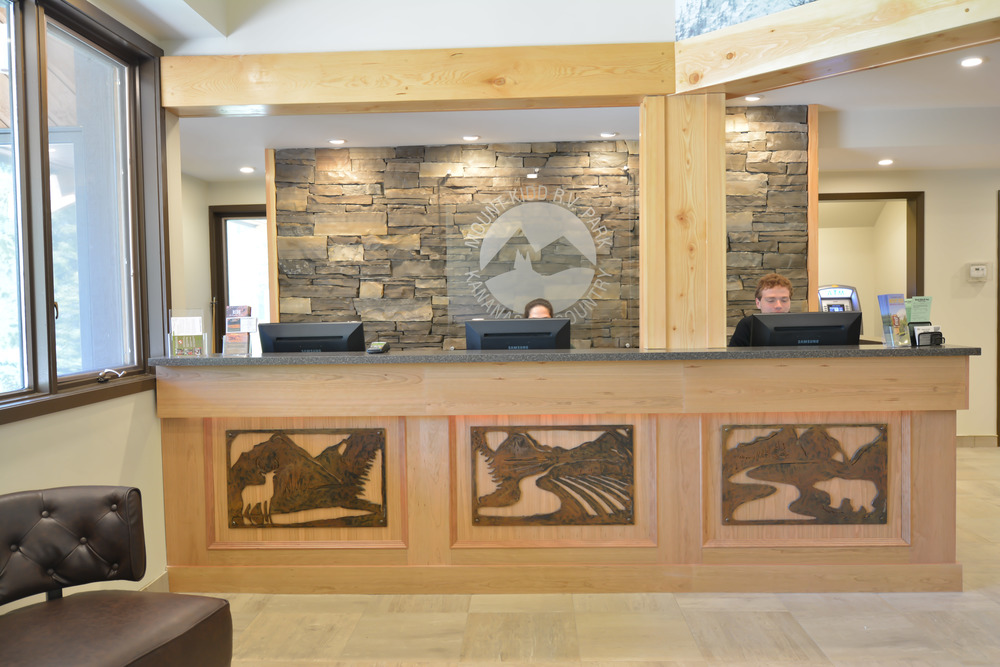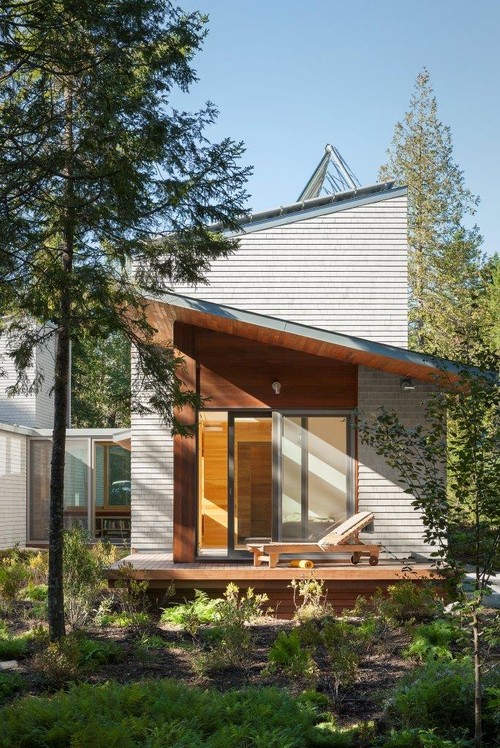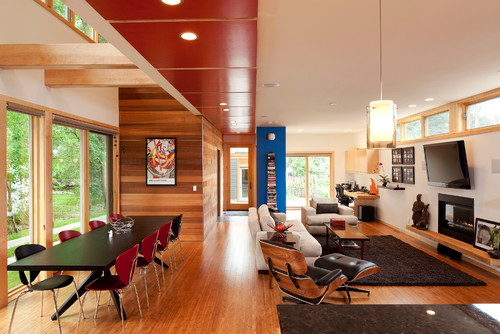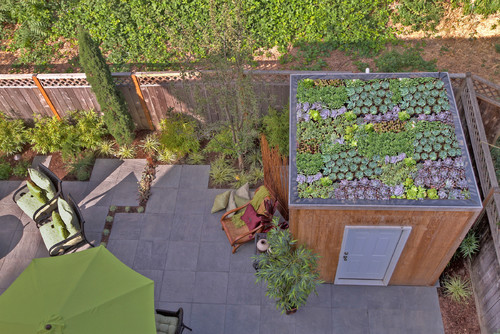Sustainable Design in Renovations and Construction
HarmonyHomeProjects
Sustainability doesn’t have to be a buzzword. By implementing well thought out design strategies in commercial and residential design and construction, we can make very meaningful, earth friendly, and resource efficient improvements that will also contribute to much healthier living environment and more efficient maintenance practices. The greatest sustainability gains can be achieved through well planned design even before the construction begins.
Sustainable design provides authentic, sensual and tactile experience that is grounded in what is real - what we experience through our senses. As such, sustainable design is less focus on abstract, instead it references cultural history, natural world, diversity in colours and textures, simplicity and honesty.
In addition to engaging traditional sustainability tactics such as energy efficiency, daylighting, and the use of healthy materials, the following are key to sustainable design approach:
- Resource efficiency - a fundamental strategy for resource-efficient building is to build less square footage, use smaller quantities of materials and design the smallest footprint possible
- Source reduction - use of materials that reduces the amount of toxicity of garbage generated and overall waste disposal
- Low impact building materials by reducing use of nonrenewable natural materials, materials reuse, recycling
- Rapidly renewable materials with harvest cycle of 10 years or less
- Climate-specific construction materials, regional products, consider life-cycle cost
- Durable and timeless design
Here are example of some inspiring projects that adhere to sustainable design principles:

The reception and mountain cafe by Harmony Home Projects
The sustainable design features includes: opening of walls, changes to layout to maximize the use of daylight and to reduce energy consumption, LED lighting, use local materials and natural finishing, to achieve durable, simple, low maintenance and timeless design.
The project received LEED Platinum/Net Zero certification and features high performance air-to-air heat exchangers; photovoltaic panels for electricity; solar thermal panels for hot water; ultra low flow/dual flush fixtures for water conservation; LED lighting; radiant heating; and IPE rain screen siding.
The sustainable features include: open floor plan to maximize natural light, clerestory windows, natural, simple elements, and timeless design.
Sustainability feature: constructing a green roof that you can potentially intercept a major portion of the storm water runoff before it gets to the impervious areas on your site. It also lessens the load on other sustainable systems you may be using, like rain gardens and permeable paving.
Resources and Photo Credits:
Photos: http://www.houzz.com
Sustainable Residential Interiors By Stelmack, Annette






